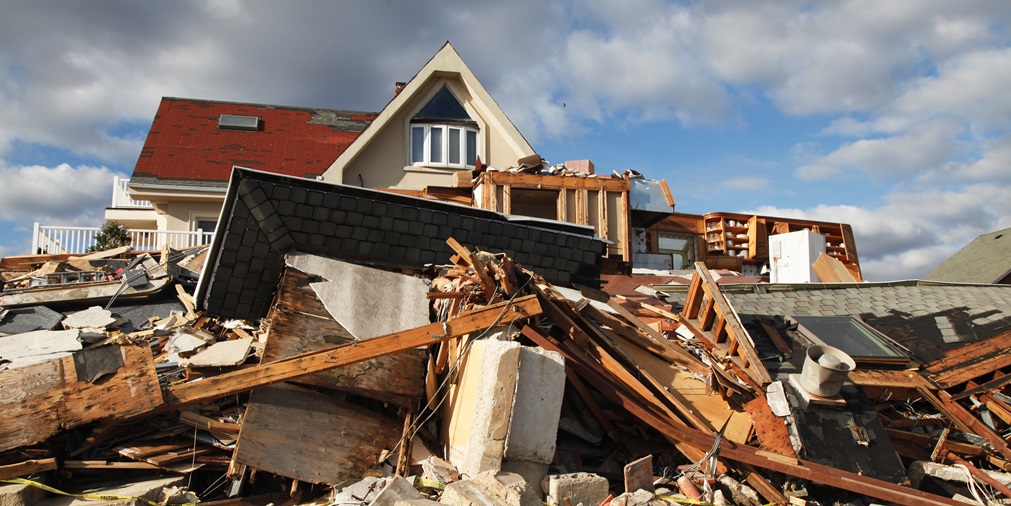As the Kresge Foundation underwent a transformation starting in 2006, from funding construction projects to social justice, the city-focused environment program that emerged has positioned it as a global philanthropic leader.
Fast-forward to now and Kresge finds itself right at the leading edge of the climate fight, one that is increasingly led in cities and in communities most vulnerable to climate impacts.
Kresge is on a mission to demonstrate that environmental philanthropy can get grassroots funding and equity right, and on a large scale. It’s running one initiative, for example, devoted entirely to backing community-based groups across the country to make sure climate resilience planning reflects the needs of low-income residents.
They invest through three focus areas:
- BUILDING CAPACITY AND COMMITMENT
They work to build the capacity and commitment of urban leaders across sectors to advance equitable climate resilience. - STRENGTHENING THE EVIDENCE BASE AND DEVELOPING TOOLS
They work to strengthen the evidence base for taking action on climate change, and we develop tools for urban leaders to drive widespread adoption of equitable climate-resilience approaches. - TRANSFORMING KEY URBAN SYSTEMS
They work to transform key urban infrastructure critical to climate resilience, focusing on energy and water systems.
“Many of these communities are facing these direct impacts, but have not been brought into the local or national conversation,” says Shamar Bibbins, senior program officer who heads the initiative. “As you engage these communities and the organizations who are responsible for working with [them], it helps open up and reframe the whole conversation.”
With its focus on cities, its emphasis on vulnerable communities, and its unique take on resilience, Kresge’s environment program doesn’t look quite like any other large green funder out there. But as many in the environmental community seek to exorcise the field’s historic homogeneity in a political era that demands it, the foundation’s ongoing transformation is more relevant than ever.
Kresge says that strengthening a community’s resilience requires three things:
- Reducing the greenhouse gas emissions that drive climate change;
- Planning for the effects of climate change that are underway or anticipated; and
- Fostering social cohesion and inclusion.
With $3.8 billion in assets and approaching a century of history, Kresge is still a large and wealthy institution, and its embrace of equity and racial justice is very much a work in progress. But as the environment program’s leadership team explains, it’s something they’re committed to, for a combination of philosophical, practical, and strategic reasons.
“Some people have a concern about the notion of resilience,” says Lois DeBacker, managing director of Kresge’s environment program. “They don’t want to bounce back to inequitable, bad situations. They want to think about how you can do investment in climate resilience that remedies some of those past inequities, rather than ignoring them or reinforcing them.”
Photo of Hurricane Sandy damage via Adobe Stock.

